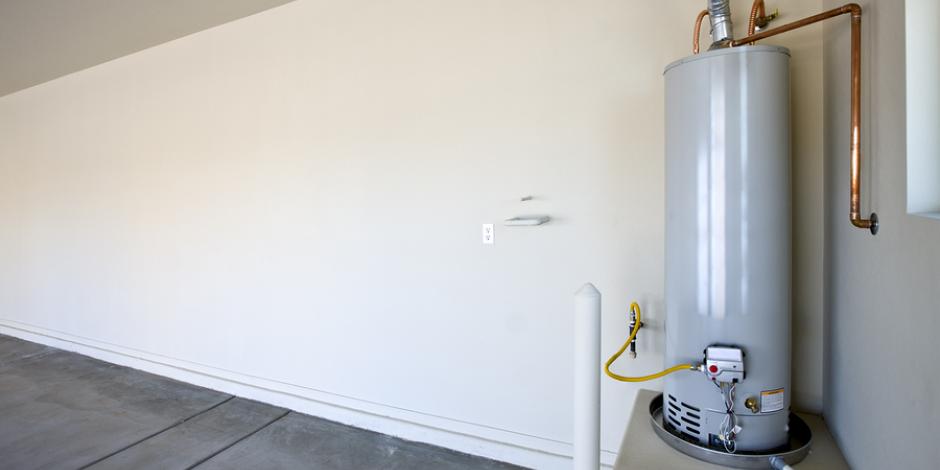Key Tips on Maintaining Your Home's Hot Water SystemEnsuring Longevity of Your Home's Hot Water System: Care Advice
Key Tips on Maintaining Your Home's Hot Water SystemEnsuring Longevity of Your Home's Hot Water System: Care Advice
Blog Article
Everybody is bound to have their own theory when it comes to Tips For Maintaining Your Hot Water Heater.

Hot water is vital for day-to-day comfort, whether it's for a rejuvenating shower or cleaning dishes. To ensure your warm water system runs successfully and lasts longer, routine upkeep is vital. This article supplies sensible tips and understandings on how to preserve your home's warm water system to stay clear of disruptions and costly repair work.
Intro
Preserving your home's warm water system might seem overwhelming, but with a couple of simple actions, you can guarantee it runs efficiently for many years to come. This guide covers everything from comprehending your warm water system to DIY maintenance pointers and knowing when to contact specialist help.
Significance of Keeping Your Warm Water System
Regular maintenance not only prolongs the life-span of your hot water system but also ensures it operates effectively. Overlooking maintenance can result in decreased efficiency, higher energy bills, and even premature failure of the system.
Signs Your Warm Water System Demands Maintenance
Knowing when your warm water system requires interest can stop significant problems. Watch out for indications such as inconsistent water temperature, unusual noises from the heater, or rusty water.
Purging the Hot Water Heater
Purging your hot water heater eliminates sediment build-up, boosting efficiency and prolonging its life.
Monitoring and Changing Anode Rods
Anode poles stop rust inside the container. Evaluating and changing them when worn is essential.
Complex Concerns Calling For Expert Assistance
Examples include major leaks, electric problems, or if your water heater is continually underperforming.
Regular Expert Maintenance Conveniences
Specialist maintenance can include detailed examinations, tune-ups, and making sure compliance with safety and security requirements.
Inspecting and Readjusting Temperature Setups
Changing the temperature setups makes sure optimal efficiency and security.
DIY Tips for Upkeep
You can do several upkeep tasks yourself to maintain your hot water system in leading condition.
Looking for Leakages
Consistently evaluate pipes and links for leaks, as these can bring about water damage and greater expenses.
Understanding Your Warm Water System
Before diving right into maintenance jobs, it's valuable to understand the fundamental components of your warm water system. Generally, this consists of the water heater itself, pipelines, anode rods, and temperature level controls.
Regular Monthly Upkeep Tasks
Regular regular monthly checks can help capture minor problems prior to they intensify.
Examining Pressure Alleviation Valves
Evaluating the stress relief valve ensures it works appropriately and stops too much pressure build-up.
Insulating Pipelines
Insulating hot water pipelines reduces warm loss and can conserve energy.
When to Call a Specialist
While DIY maintenance is valuable, some concerns need specialist proficiency.
Verdict
Routine upkeep of your home's hot water system is crucial for effectiveness, long life, and expense financial savings. By complying with these pointers and understanding when to look for expert aid, you can guarantee a trusted supply of warm water without unexpected interruptions.
How to Maintain an Instant Hot Water Heater
Before tinkering with your hot water heater, make sure that it’s not powered on. You also have to turn off the main circuit breaker and shut off the main gas line to prevent accidents. Also turn off the water valves connected to your unit to prevent water from flowing into and out of the appliance. 2. When you’re done, you have to detach the purge valves’ caps. These look like the letter “T” and are situated on either side of the water valves. Doing so will release any pressure that has accumulated inside the valves while at the same time avoid hot water from shooting out and burning your skin. 3. When the purge valves’ caps are removed, you have to connect your hosing lines to the valves. Your unit should have come with three hoses but if it didn’t, you can purchase these things from any hardware or home repair shops. You can also get them from retail stores that sell water heating systems. Read the user’s manual and follow it to complete this task properly. When the hosing lines are connected, open the purge port’s valves. 4. You should never use harsh chemical cleaners or solutions when cleaning your unit. Make use of white vinegar instead. It should be undiluted and you’ll probably use about 2 gallons. 5. Now flush your water heater. This task should probably take about 40 minutes. We can’t give you specific directions for this because the procedure is carried out depending on the type, model and brand of your heater. With that being said, refer to the user’s manual. 6. When you’re done draining the unit, you have to turn off the purge port valves again. Remove the hosing lines that you earlier installed on each of the water valves. Put the valve caps (purge port) back in their respective places and be very careful so as not to damage the rubber discs that are found inside these caps. 7. Now that everything’s back in place, check your user’s manual again to find out how to reactivate your water heating system. 8. Once it is working, turn one of your hot water faucets on just to let air pass through the heater’s water supply pipes. Leave the tap on until water flows smoothly out of it. https://www.orrplumbing.com/blog/2014/september/how-to-maintain-an-instant-hot-water-heater/

I have been very serious about Water Heater Maintenance Tips You Can't Afford to Forget and I'm hoping you liked the entry. Sharing is good. You just don't know, you could be helping someone out. Thanks so much for going through it.
Book Service Report this page